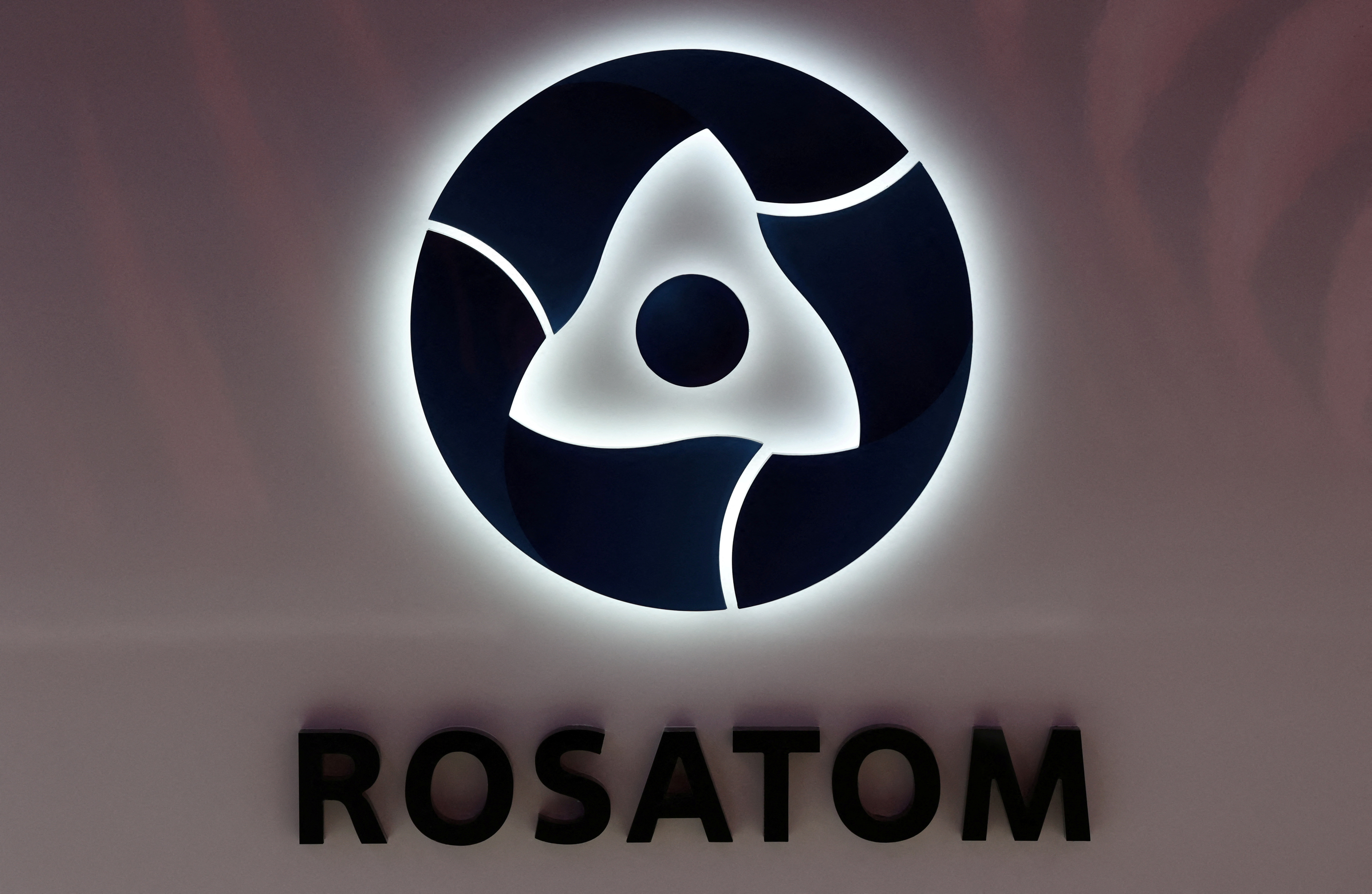New Study Indicates North Atlantic Is Close to a “Tipping Point”

The findings indicate that, before the Little Ice Age, the North Atlantic climate system lost resilience and destabilized, potentially forcing it to “tip” into a new, colder state.
A Little Ice Age study reveals new information about the North Atlantic climate system.
Scientists have examined centuries-old clam shells to determine how the North Atlantic climate system reached a “tipping point” before the Little Ice Age. The Little Ice Age, a period of regional cooling that was particularly pronounced in the North Atlantic, lasted for many centuries and came to an end in about 1850.
A long-standing theory contends that the period’s initial cooling was maintained by “sea-ice to ocean feedbacks”; as the sea ice expanded, ocean currents slowed, which in turn decreased the flow of warm water from the south.
The University of Exeter conducted a new study that examined how the ocean has changed and responded to external changes over the last few centuries using the shells of quahog clams, which can survive for several hundred years.
The results demonstrate that the North Atlantic climate system lost resilience (the ability to recover from external changes) and destabilized before the Little Ice Age, which may have caused it to “tip” into a new, colder state. Additionally, according to the experts, a new tipping point in the North Atlantic may be near, which has major consequences for the climate of the region.
The work aids in our understanding of how and when tipping points are triggered, which is important given that scientists have warned that many tipping points may now be approaching worldwide due to human-driven climate change.
“One way to tell that a system is approaching a sudden transition is that it becomes slow to respond to perturbations (external changes),” said lead author Beatriz Arellano-Nava, of Exeter’s Global Systems Institute. “In other words, a system loses the ability to return to its average state, and can instead ‘tip’ into a new state.”
“In the case of the North Atlantic prior to the Little Ice Age, this loss of resilience made the system vulnerable to an abrupt switch, potentially heralding the transition to Little Ice Age conditions,” said Dr. Paul Halloran, who co-led the research.
The new study warns that the vulnerability of the North Atlantic system is a critical issue today, with recent analysis suggesting it has destabilized during the last century and might be approaching a tipping point.
“Our latest analysis suggests that the system of ocean currents in the northern North Atlantic could be at risk of a tipping point again now due to global warming, leading once again to abrupt climate change over Europe,” said Professor Tim Lenton, Director of the Global Systems Institute.
Analysis of clam shells focussed on oxygen and carbon isotopes and shell growth – all of which can be used as measures of environmental variability.
Reference: “Destabilisation of the Subpolar North Atlantic prior to the Little Ice Age” by Beatriz Arellano-Nava, Paul R. Halloran, Chris A. Boulton, James Scourse, Paul G. Butler, David J. Reynolds, and Timothy M. Lenton, 25 August 2022, Nature Communications.
DOI: 10.1038/s41467-022-32653-x
The study was funded by the European Union’s Horizon 2020 research and innovation program.








.jpg?ext=.jpg) Robert Habeck (left) and Steffi Lemke announcing the cabinet decision on the amendment to the Atomic Energy Act (Image: BMUV / Sascha Hilgers)
Robert Habeck (left) and Steffi Lemke announcing the cabinet decision on the amendment to the Atomic Energy Act (Image: BMUV / Sascha Hilgers)
.jpg?ext=.jpg) The Integrated Effects Test (Image: Southern Co)
The Integrated Effects Test (Image: Southern Co)